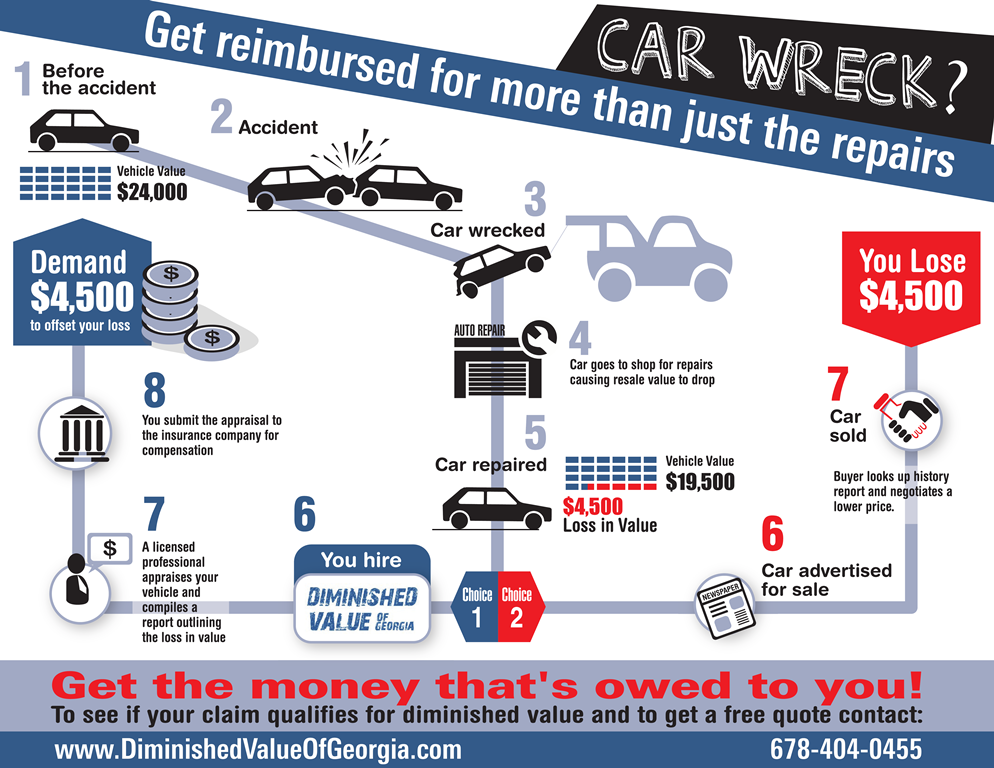Comprehending Your Cars And Truck'S Warning Lighting: What Do They Really Mean?
Comprehending Your Cars And Truck'S Warning Lighting: What Do They Really Mean?
Blog Article
Short Article By-Hartley Kejser
When you're behind the wheel, those glowing warning lights on your control panel can be a bit bewildering. Do you recognize what they're trying to inform you regarding your cars and truck's health? Understanding the value of these lights is vital for your safety and the durability of your vehicle. So, the following time among those lights turns up, would not you want to analyze its message properly and take the essential steps to address it?
Common Warning Lights and Interpretations
Recognize typical caution lights in your car and understand their meanings to guarantee risk-free driving.
The most common caution lights include the check engine light, which signals problems with the engine or discharges system. If this light begins, it's critical to have your automobile inspected without delay.
The oil stress cautioning light indicates reduced oil stress, requiring prompt interest to prevent engine damage.
A blinking battery light might recommend a damaged charging system, possibly leaving you stranded otherwise dealt with.
The tire stress tracking system (TPMS) light signals you to low tire pressure, affecting automobile stability and fuel efficiency. Neglecting related resource site might bring about harmful driving problems.
https://www.wric.com/news/spend-less-at-the-pump-with-these-fuel-saving-tips/ shows an issue with the anti-lock stopping system, compromising your capability to stop quickly in emergency situations.
Finally, the coolant temperature level cautioning light warns of engine getting too hot, which can result in severe damages otherwise fixed promptly.
Recognizing these usual warning lights will certainly help you resolve issues without delay and maintain safe driving problems.
Importance of Prompt Attention
Understanding the typical caution lights in your vehicle is just the very first step; the value of quickly attending to these warnings can't be highlighted enough to guarantee your safety and security when driving.
When car seat shampoo auckland illuminates on your dashboard, it's your vehicle's means of communicating a possible concern that requires attention. Overlooking these cautions can cause a lot more severe troubles in the future, jeopardizing your safety and potentially costing you more in repairs.
Motivate interest to advising lights can prevent malfunctions and accidents. As an example, a blinking check engine light might indicate a misfire that, if left ignored, might trigger damages to the catalytic converter. Addressing this immediately can save you from an expensive repair work.
In a similar way, a brake system warning light may indicate reduced brake liquid or worn brake pads, vital elements for your security when driving.
DIY Troubleshooting Tips
If you discover a caution light on your control panel, there are a couple of do it yourself repairing tips you can attempt before looking for expert help.
The first step is to consult your automobile's handbook to understand what the particular warning light indicates. In some cases the problem can be as straightforward as a loose gas cap setting off the check engine light. Tightening up the gas cap might solve the trouble.
Another typical issue is a reduced battery, which can activate different cautioning lights. Examining the battery connections for corrosion and ensuring they're secure might fix the trouble.
If a caution light continues, you can try resetting it by separating the auto's battery for a few mins and then reconnecting it. In addition, checking your car's liquid degrees, such as oil, coolant, and brake fluid, can aid troubleshoot alerting lights connected to these systems.
Conclusion
In conclusion, understanding your auto's warning lights is important for keeping your vehicle running efficiently and securely. By quickly attending to these informs and knowing what they indicate, you can avoid costly fixings and prospective failures.
Keep in mind to consult your vehicle's manual for certain details on each alerting light and do something about it as necessary to guarantee a hassle-free driving experience.
Stay educated, stay secure when driving!
